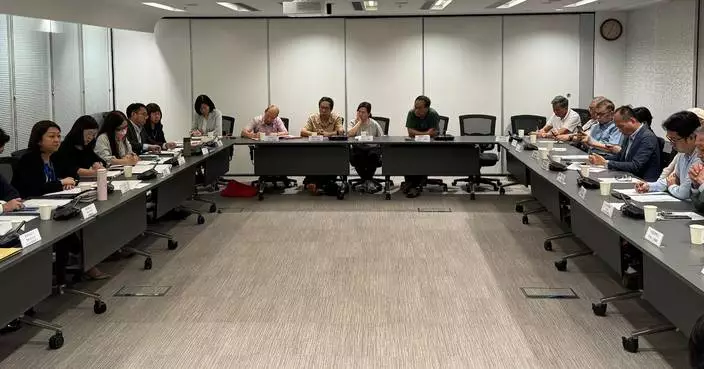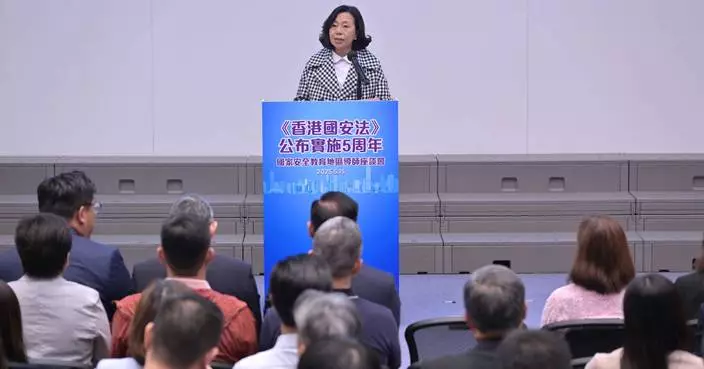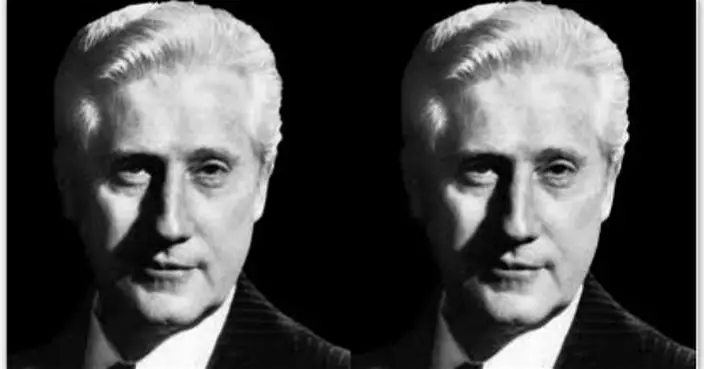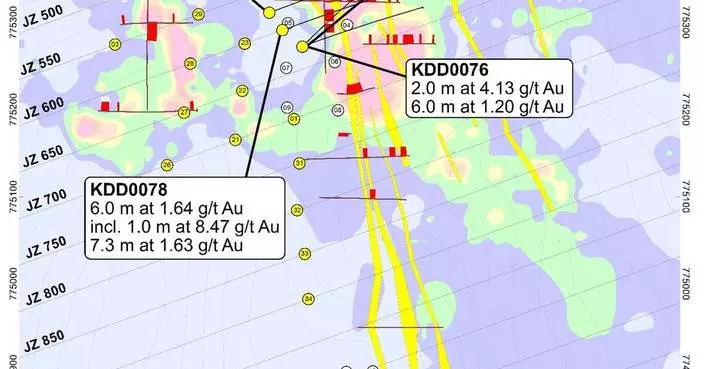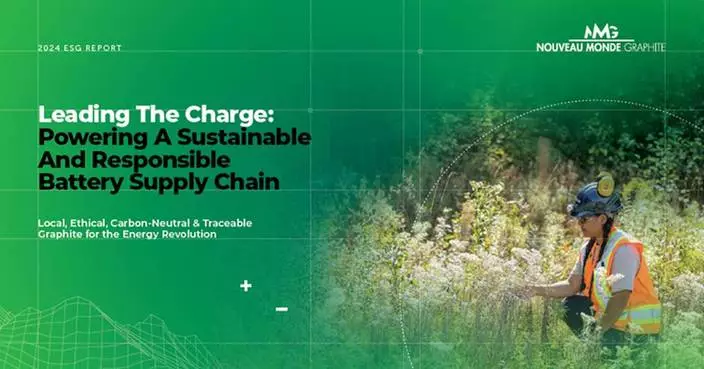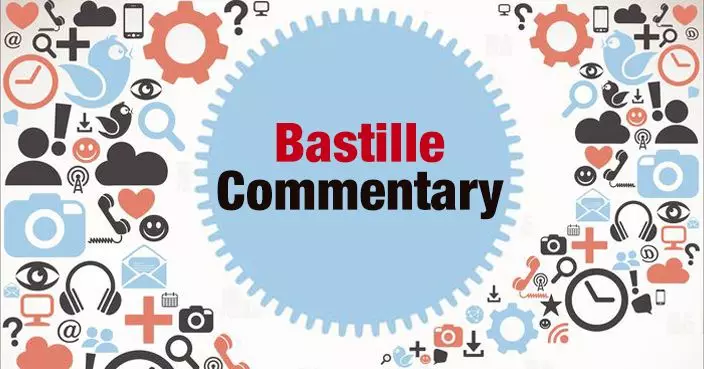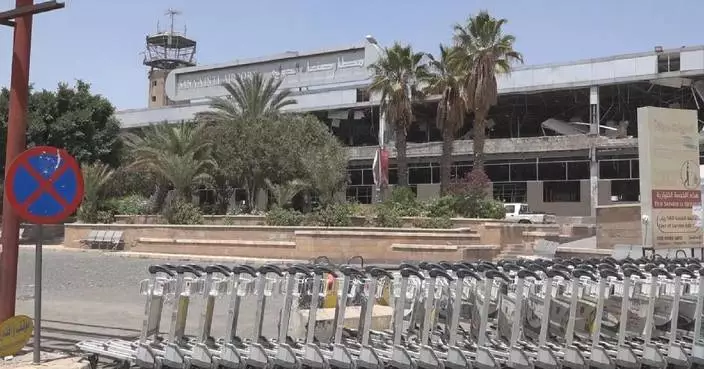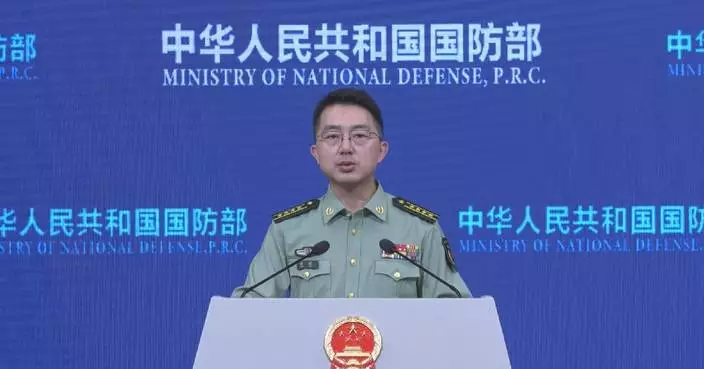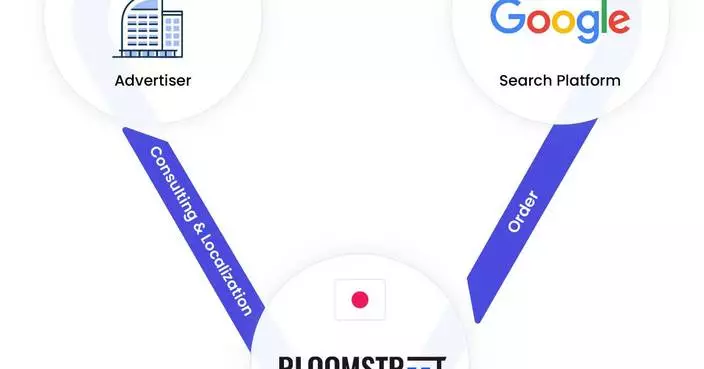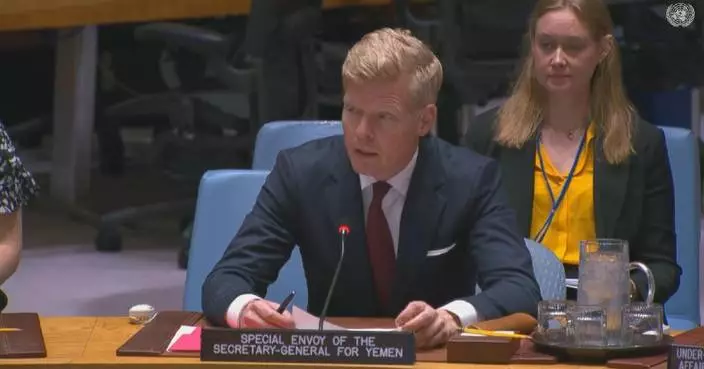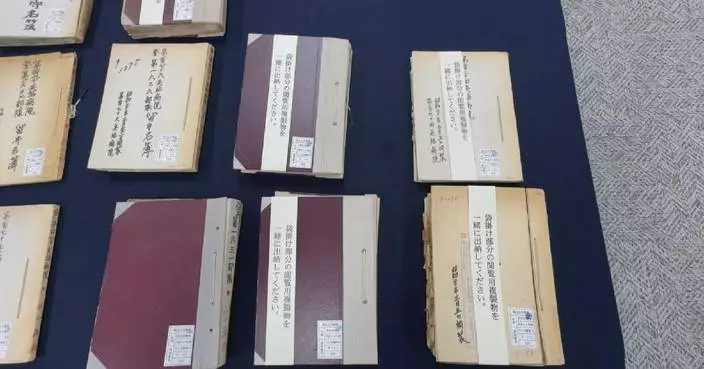Legislative proposal to regulate konjac-containing jelly confectionery
A spokesman for the Centre for Food Safety (CFS) of the Food and Environmental Hygiene Department said today (April 24) that the CFS, after reviewing the potential choking risks associated with the consumption of mini-cup konjac-containing jelly confectionery products, the regulatory practices of major economies concerning such products, and conducting a risk assessment, proposes amendments to the Food and Drugs (Composition and Labelling) Regulations (Cap. 132W) to strengthen regulation of konjac-containing jelly confectionery.
Proposed amendments include –
(i) If a mini-cup jelly confectionery product is with a height or width of 45 millimetres or less, it shall not contain konjac; and
(ii) To require all prepackaged konjac-containing jelly confectionery products to be labelled with a warning statement on prevention of choking hazard in both English and Chinese: "Caution: Do not swallow whole. Elderly and children must consume under supervision."
The spokesman said, "While the Codex Alimentarius Commission considers konjac a safe food additive, improper consumption of mini-cup konjac jellies can increase the choking risk, particularly for children and elderly people, due to their unique product design and firm texture. The Government has been promoting health education messages on prevention of food choking through various channels, including advice on avoiding direct consumption of mini-cup konjac-containing jelly confectionery products."
The CFS has consulted the Expert Committee on Food Safety regarding the proposed amendments and engaged the trade through a trade meeting and a Trade Consultation Forum. The Government initially proposes that amendments to ban the sale of mini-cup konjac-containing jelly confectionery products with a height or width of 45mm or less will take effect six months after passage of the amended Regulations, while the labelling requirements for all konjac-containing jelly confectionery products will come into operation 12 months after passage of the amended Regulations.
Additionally, the CFS, in collaboration with the Education Bureau, has issued a letter to schools recommending that they cease selling or providing mini-cup konjac-containing jelly confectionery products with a height or width of 45mm or less in places such as tuck shops and canteens.
The CFS has established a dedicated webpage with the regulatory proposal uploaded. Members of the public and the trade are welcome to offer their views on or before June 8.




